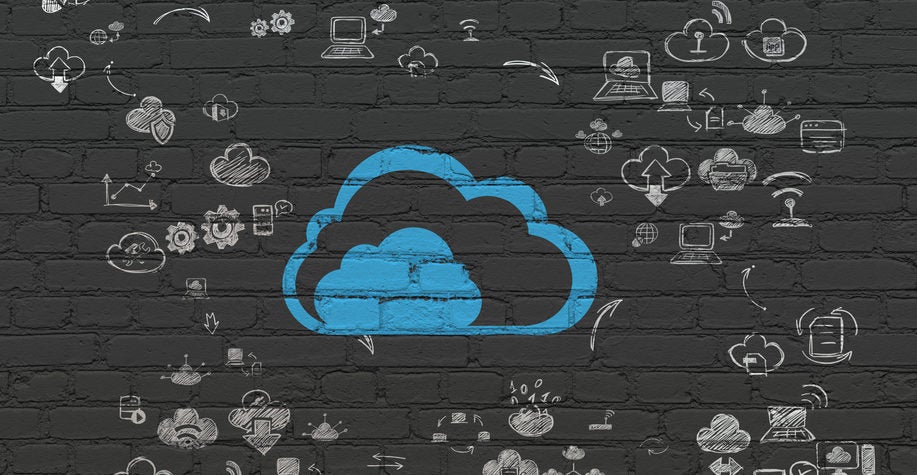Organizations are on a path to utilize cloud-based services for, well, just about everything. So it makes sense that the acronym XaaS — “everything (or anything) as a service” — has emerged to describe the transition from on-premise to cloud systems.
XaaS encapsulates the major cloud categories of software as a service, platform as a service, and infrastructure as a service, otherwise known as SaaS, PaaS, and IaaS. It also includes such categories as desktop, storage, database, and Windows as a service. And, of course, our favorite cloud service at Boomi is “integration platform as a service,” or iPaaS.
Recently, Deloitte University Press wrote about an XaaS twist to IT modernization. Rather than replacing core legacy systems with modern cloud services, the article suggests organizations can leave legacy systems intact and expose them as services through APIs.
“XaaS casts core modernization in an entirely new light,” Deloitte says. “Transforming existing business products, processes and legacy systems into a collection of services that can be used both inside and outside the organization can help streamline IT operations and potentially generate new revenue streams.”
For example, an organization could use the customer service module in its legacy ERP system to manage IT help desk queries, human resources requests, or supply chain logistics support. In a real-world example, Deloitte notes that Amazon has monetized its ecommerce platform by offering it as a highly scalable platform for business customers.
For many mid-sized and larger organizations, this incremental approach to core modernization makes sense. Exposing legacy systems as services in an XaaS framework is a less disruptive, risk-averse strategy. It helps preserve investments in mission-critical systems while reaping the rewards of a services-centric business model.
Integrate Everything as a Service
Native cloud iPaaS and API management are key ingredients in modernization that align well with an XaaS approach. iPaaS (integration platform as a service) quickly and cost-effectively bridges the gap between legacy systems of yesteryear and modern cloud, mobile, real-time and big data systems.
Capabilities to create, publish and manage APIs are equally instrumental for organizations to get the most from their legacy applications. And these capabilities also help connect data across disparate systems to support new services and microservices for internal audiences, partners or customers.
In effect, iPaaS and API management position you to make the most of the old while embracing the new as you transition to a services-based model.
IT modernization has been a moving target for years. But today, modernization has taken on a new urgency. Organizations are racing to digitally transform operations to improve the customer experience and operational efficiencies. They’re looking to innovate new channels of engagement and achieve data-driven insights.
Integration is central to those efforts, but no business can afford a months-long IT project. The faster a data integration platform can be set up, the faster the business can start capturing payback from modernization initiatives.
That sense of urgency is one reason that iPaaS plays such an important role in modernization. iPaaS lets organizations avoid the time, cost and complexity of custom-code integrations or managing legacy on-premise ESBs or other middleware.
Low-code, cloud-native iPaaS is better suited for cloud connectivity than traditional approaches. It provides the means to liberate your legacy systems.
To learn more about how iPaaS gives you an edge in modernization, download our executive brief, “The Role of Integration in Application Modernization.”


 English
English 日本語
日本語